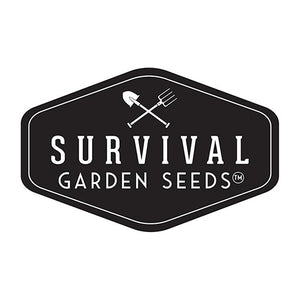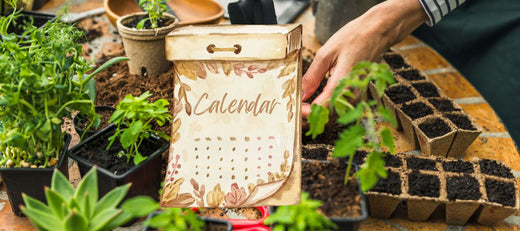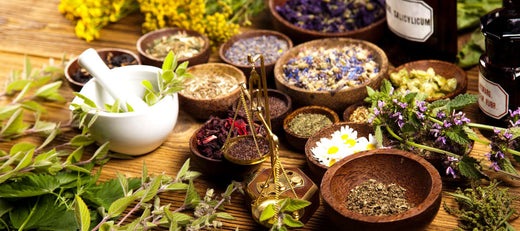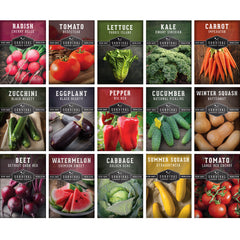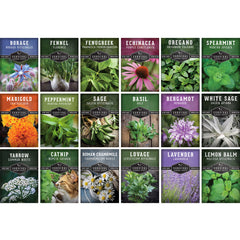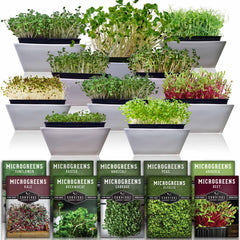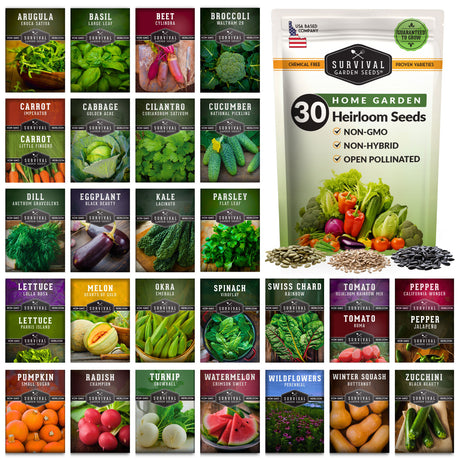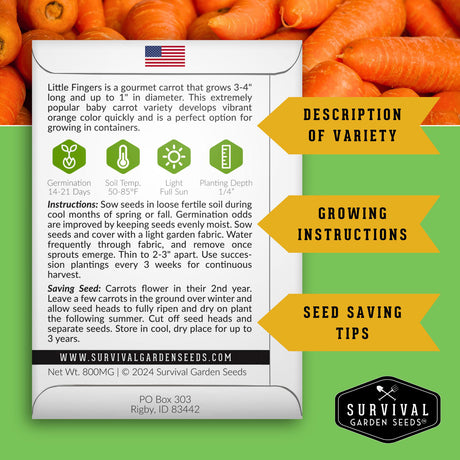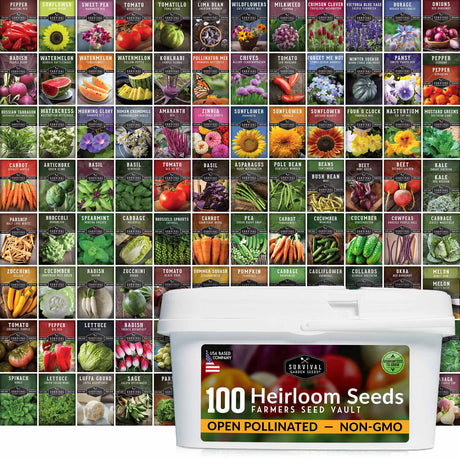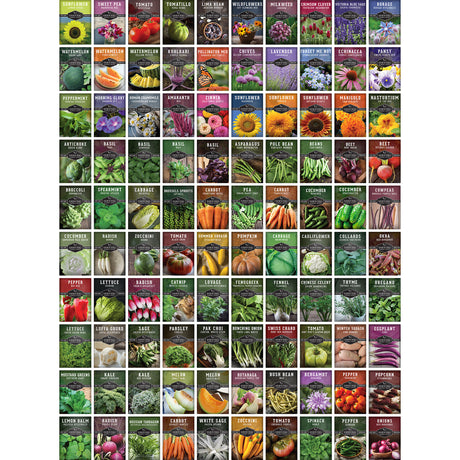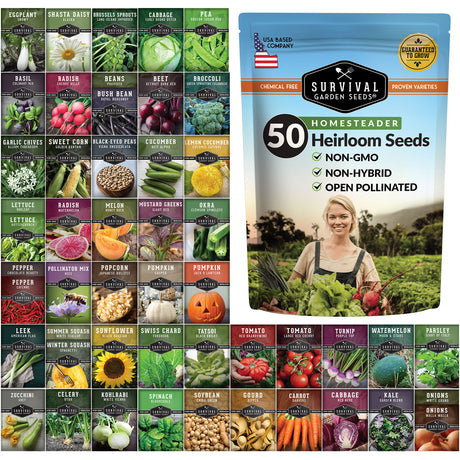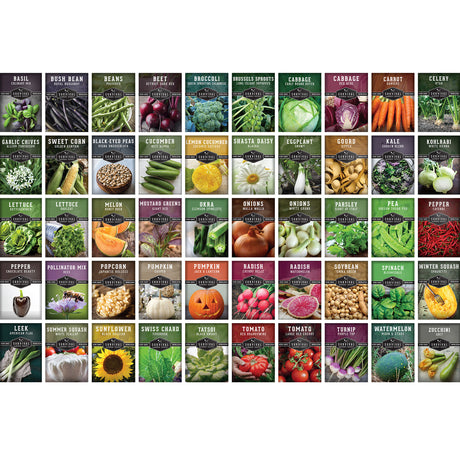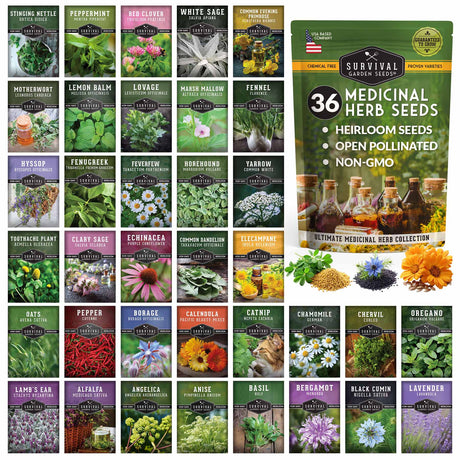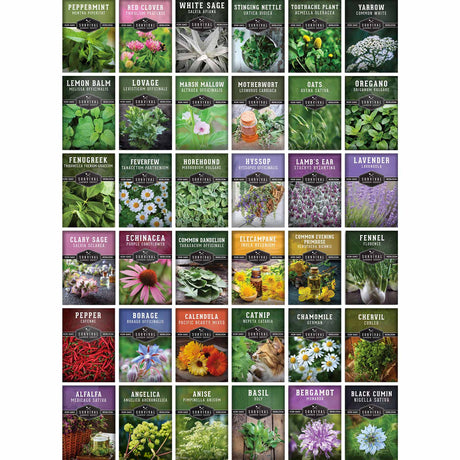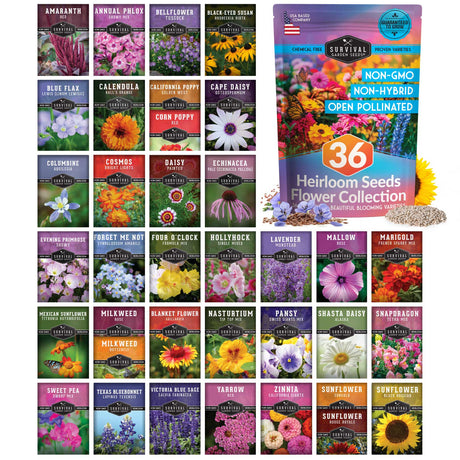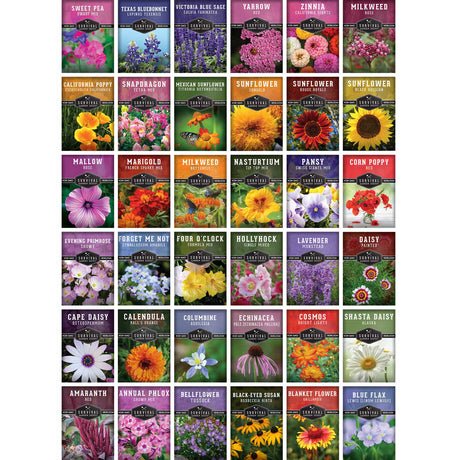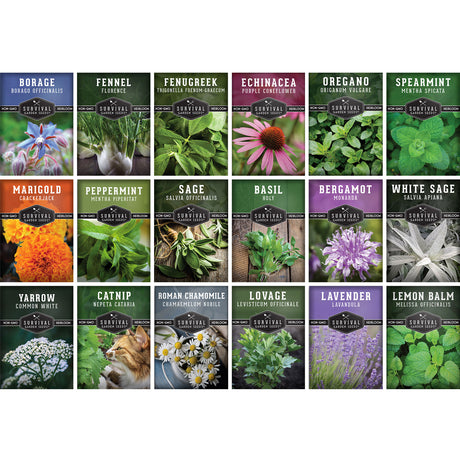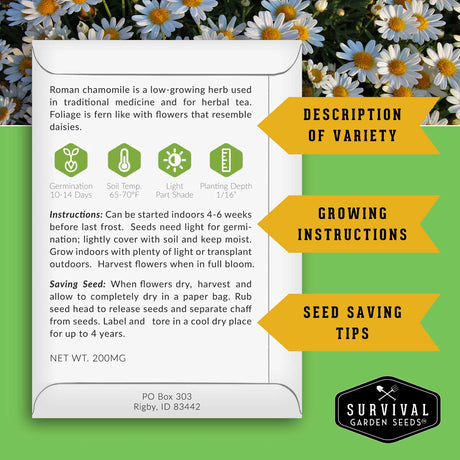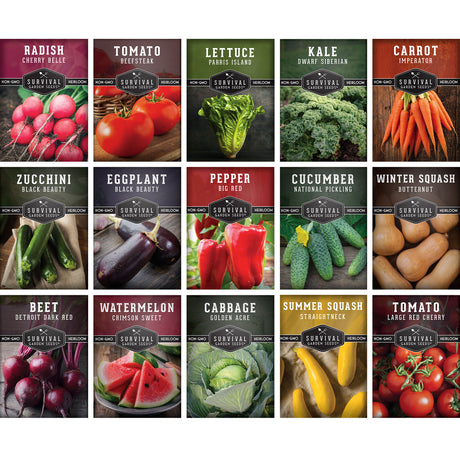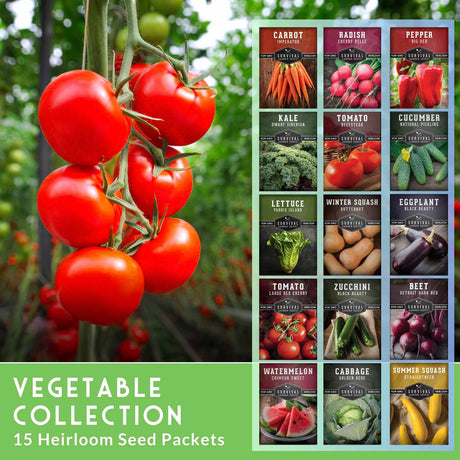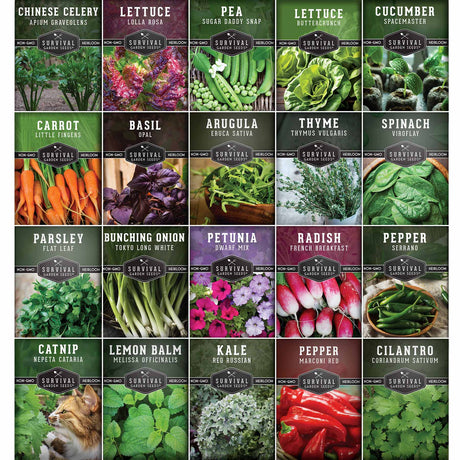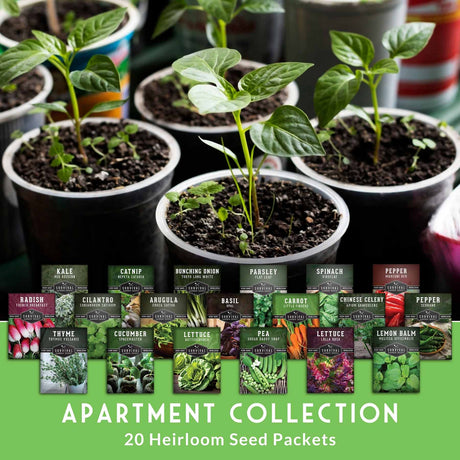Transforming a stretch of grass or a patch of unused soil into a productive, beautiful backyard garden brings satisfaction, fresh produce, and a closer connection to nature. Whether the goal is to cut grocery bills, sample rare heirloom vegetables, or simply enjoy the therapeutic rhythm of tending plants, starting a garden from nothing is entirely achievable with the right knowledge and approach. The steps below walk through every phase: planning, building, planting, and maintaining. Our goal is for even first-time gardeners to feel confident turning bare ground into a flourishing oasis.
Core Steps to Establishing Your Garden
1. Evaluate Sunlight, Soil, and Space
Observation is your first task. Track sunlight for an entire day, noting areas that receive six or more hours of direct sun — ideal for most vegetables. Shadier locations can still host leafy greens or herbs but will underperform for tomatoes or peppers. Measure available space, keeping in mind that wide beds are harder to reach into, while narrow beds accommodate fewer plants.
Soil quality is equally important. Dig several test holes eight inches deep and inspect the soil’s color and texture. Dark, crumbly soil rich in organic matter signals fertility. Pale, compacted, or sandy soil may require amendments. Simple home test kits reveal pH and nutrient levels, guiding adjustments before any seed touches the ground.
Finally, note practical considerations: proximity to a hose spigot, distance from children’s play areas, and any underground utilities. Factoring these in early prevents costly or dangerous surprises later.
2. Choose a Garden Style
Backyard gardeners generally pick from three configurations: in-ground rows, framed raised beds, or container gardens. In-ground beds capitalize on existing soil and look natural, but they require more weeding and initial digging. Raised beds, built with lumber, bricks, or composite boards, warm quickly in spring, drain well, and create a tidy layout; however, they involve greater upfront expense. Anything from half-barrels to food-grade buckets can be a portable container.
Selecting a style that matches budget, aesthetic preferences, and physical ability sets the foundation for long-term success. Many gardeners mix styles—for example, a couple of raised beds for vegetables and decorative containers for herbs.
3. Map Out Crops and Timing
Experienced growers sketch a planting plan before turning soil. Start with a simple list of favorite vegetables, fruits, and flowers, then cross-reference local frost dates. Plant cool-season crops like spinach, peas, and radishes in early spring and again in fall. Warm-season staples such as beans, squash, and eggplant should be planted after the danger of frost has passed. Succession planting, where new seeds follow harvests, maximizes limited space.
Intercropping also boosts your garden's efficiency; for instance, sow quick-maturing lettuce between slower-growing broccoli. A hand-drawn map or digital garden planner eliminates spacing guesswork and helps rotate crop families year over year, reducing disease buildup.
Preparing the Site
Clearing Existing Vegetation
Grass and weeds compete aggressively for nutrients and water. Smothering them with a light-blocking method such as sheet mulching (layers of cardboard topped with compost) requires patience but minimal labor. Alternatively, a sharp spade or sod cutter can physically remove turf for immediate planting, or if you have a few months, can allow you to turn the grass upside down to let the roots die off without disrupting the underlying soil structure. Avoid chemical herbicides, which can linger in soil and harm beneficial organisms.
Once the surface is clear, rake out stones and large roots. Persisting weed rhizomes like quackgrass should be dug out completely to prevent regrowth. The cleaner the slate, the less weeding later.
Improving Soil Structure and Fertility
Even good soil benefits from organic matter. Spread two to three inches of compost or well-rotted manure across the bed and work it in eight inches deep with a digging fork or tiller. This introduces beneficial microbes, supplies slow-release nutrients, and improves drainage. Clay soils become fluffier; sandy soils retain water longer.
Adjust pH if needed. Most vegetables thrive at 6.2–6.8. Garden lime raises pH in acidic plots, while elemental sulfur lowers overly alkaline ground. Follow test recommendations closely; excessive amendments can lock up nutrients.
Constructing Raised Beds
For gardeners who opt for raised beds, dimensions around four feet wide allow easy reach from either side. Length is flexible, though eight- to twelve-foot stretches fit most yards. Use untreated cedar, redwood, or modern composite boards for longevity. Pressure-treated lumber manufactured after 2004 is considered safer than older formulas, but natural options remain popular.
Place hardware cloth on the bottom if gophers or moles are prevalent, and fill the frame with a 50/50 mix of topsoil and compost. Water thoroughly to settle air pockets before planting.
Plant Selection and Sourcing
Starting Seeds vs. Buying Transplants

Starting seeds indoors extends the growing season, offers access to thousands of varieties, and costs pennies per plant. However, it requires lighting, warmth, and vigilant care. Sturdy seedlings ready for transplant benefit from a gentle oscillating fan to build strong stems and a gradual hardening-off period outdoors.
Garden centers provide ready-to-plant transplants that save time and eliminate early complexities. They’re ideal for crops like tomatoes or peppers that need a head start. Mixing both approaches—home-sown lettuce plus purchased pepper plants—balances economy and convenience.
Choosing Varieties for Yield and Resilience
Local extension services publish lists of vegetable varieties proven in regional conditions. Disease-resistant cultivars such as ‘Georgia Southern’ collard greens (resistant to many pests and diseases) or ‘Blue Lake’ bean (resistant to mosaic virus) spare headaches later. Select compact or dwarf varieties if space is tight, and heat-tolerant lettuces for hot climates. Flavor deserves attention, of course: heirloom tomatoes like ‘Brandywine’ are prized for taste and are worth the extra care you'll invest in them.
Planting Your Garden
Sowing and Transplanting Techniques
Read each seed packet for depth, spacing, and germination temperature. A general rule is to plant seeds no deeper than two to three times their diameter. Create shallow furrows with a finger or stick, sprinkle seeds evenly, then cover lightly and mist with water to avoid displacement.
Transplants should be set slightly deeper than they sat in their nursery pot, especially tomatoes, which root along buried stems. Firm soil around roots to eliminate air gaps, then water thoroughly. For cucurbits like cucumbers or squash, mound soil into small hills to promote drainage and warmer soil temperatures.
Companion Planting and Pollinator Support
Strategic pairings discourage pests naturally. Marigolds emit compounds that deter nematodes, while basil’s scent confuses tomato hornworms. Tall crops such as corn provide light shade for lettuce during summer heat. Spacing aromatic herbs amid vegetables invites beneficial insects, reducing the need for pesticides.
Pollinators are essential for fruit set in crops like cucumbers or melons. Planting nectar-rich blooms such as borage, zinnia, and sunflowers attracts bees and butterflies. Avoid systemic insecticides that poison pollinators; healthy biodiversity is more effective and sustainable than chemical shortcuts.
Efficient Planting Layouts
Traditional rows waste space on footpaths. Square-foot gardening divides beds into 12-inch squares, each holding one large plant (tomato), four medium plants (lettuce), or sixteen small ones (carrots). Intensive spacing shades soil, suppresses weeds, and yields more per square foot.
Make the most of your garden space by using vertical supports like trellises, cages, or stakes to encourage upward growth and increase productivity. Peas, pole beans, and indeterminate tomatoes all thrive when lifted off the ground, improving airflow and simplifying harvest.
Watering, Mulching, and Fertilizing
Setting Up an Effective Watering System
Consistent moisture is vital, especially during germination and fruit formation. Drip irrigation or soaker hoses deliver water directly to roots, minimizing evaporation and leaf wetness that encourages disease. Connect these systems to a timer for hands-off reliability, adjusting schedules according to rainfall.
If watering by hand, early morning application reduces fungal risk and allows leaves to dry quickly. Stick a finger two inches into soil; if it feels dry, it’s time to water. Overwatering suffocates roots and invites root rot, so moderation is key.
Mulch: The Gardener’s Best Friend
A two- to three-inch layer of organic mulch—shredded leaves, straw, or bark chips—retains soil moisture, blocks weeds, and moderates temperature. As mulch decomposes, it feeds soil life. Keep mulch an inch away from plant stems to avert rot and rodent damage.
Plastic mulches warm soil earlier in spring and suppress weeds in heat-loving crops like melons, but they require removal and proper disposal. Organic mulches, by contrast, enrich the soil as they break down.
Fertilizing for Balanced Nutrition
Healthy soil often supplies all necessary nutrients the first season after heavy compost incorporation. Subsequent years may require supplemental feeding. Balanced organic fertilizers (5-5-5) provide steady nutrition, while specific amendments—bone meal for phosphorus, blood meal for nitrogen—address targeted deficiencies.
Foliar feeding with seaweed extract delivers micronutrients rapidly during peak growth. Always water plants before applying any fertilizer to prevent root burn, and follow label rates to avoid excessive salts.
Pest, Disease, and Wildlife Management
Integrated Pest Management Principles
Integrated Pest Management (IPM) combines cultural, biological, and mechanical controls before resorting to chemical interventions. Inspect plants weekly, turning leaves to spot eggs or larvae. Early detection allows handpicking hornworms or washing aphids off with a strong water spray.
Encourage natural predators by providing habitat—small piles of sticks for beetles or shallow dishes of water for beneficial wasps. Row covers exclude flea beetles and cabbage moths while letting light and water through.
Common Diseases and Prevention
Fungal issues like powdery mildew thrive in humid conditions. Ensuring ample spacing and using drip irrigation reduce leaf wetness. Crop rotation breaks disease cycles: avoid planting tomatoes, peppers, and eggplants in the same spot two years in a row to prevent verticillium wilt buildup.
Resistant varieties, clean tools, and sanitation—removing infected debris—collectively safeguard the garden. When necessary, organic fungicides such as copper or sulfur offer control but should be applied judiciously to minimize environmental impact.
Deterring Larger Pests
Deer, rabbits, and groundhogs can demolish a garden overnight. A sturdy fence at least eight feet tall deters deer, while smaller mesh buried six inches keeps rabbits from digging underneath. Motion-activated sprinklers startle nocturnal visitors without harm.
Fruit trees and berry patches may benefit from bird netting during ripening stages. Reflective tape or spinning pinwheels provide short-term relief, but physical barriers remain the most reliable defense.
Seasonal Maintenance and Harvest
Routine Upkeep
Regularly remove fading leaves to boost airflow and direct plant energy toward new growth. Side-dress heavy feeders like corn and tomatoes with compost midseason. Keep trellises secure, as summer storms can topple unsupported vines.
Weed control is easiest when weeds are young; pull them after rainfall when roots slip out readily. Once your garden is prepared, avoid deep tilling. This can disrupt beneficial microbial communities and bring dormant weed seeds to the surface..
Harvesting for Peak Flavor
Each crop has telltale signs of readiness. Pick zucchini when six to eight inches long for tenderness. Tomatoes deliver the richest flavor when fully colored yet still firm. Leafy greens taste sweetest in cool mornings; harvest outer leaves while allowing inner ones to grow.
Use clean, sharp pruners or scissors to prevent bruising. Promptly refrigerate delicate produce like lettuce, but let tomatoes sit at room temperature to maintain texture. Frequent harvesting encourages continual production, especially in beans and cucumbers.
Extending the Season
Simple techniques grant extra weeks of harvest. Floating row covers and plastic tunnels trap heat, shielding plants from early frosts. Cold frames built from old windows create a mini-greenhouse for winter spinach or kale. In hot climates, shade cloth protects lettuces from scorching sun, allowing year-round greens.
Succession sowing—planting a new row of carrots every three weeks—ensures steady supplies rather than a single glut. Adapt planting calendars to local climate shifts and microclimates within the yard.
Budgeting and Resource Optimization
Reducing Costs Without Sacrificing Quality
Many supplies can be sourced inexpensively or free. Repurpose food-safe five-gallon buckets as containers, and collect fall leaves for mulch. Community compost programs sometimes offer finished compost to residents.
Seed swaps with neighbors diversify plant selections at no cost. Instead of purchasing plastic plant labels, write on flat stones with paint pens. Creativity stretches a limited budget and keeps materials out of landfills.
Time Management for Busy Gardeners
A well-planned garden fits any schedule. Choose low-maintenance crops like bush beans or chard, and set up drip irrigation on a timer. Mulch generously to slash weeding time. Dedicating even fifteen minutes every morning to quick inspections prevents small problems from snowballing.
Consider incorporating perennial edibles into your garden. Rhubarb, asparagus, and blueberries, for instance, only require annual pruning once established. While they take longer to yield, they repay with decades of harvest for minimal labor.
Community and Continuous Learning
Leveraging Local Resources
County extension offices, master gardener programs, and community gardens are treasure troves of localized advice. Soil test interpretation, pest identification, and workshop events connect gardeners to expert knowledge tailored to regional conditions.
Joining a neighborhood gardening group fosters shared seed banks, bulk order discounts, and moral support when challenges arise. Collective wisdom accelerates learning curves and cements community bonds.
Keeping Records for Future Success
A garden journal, whether digital or paper, helps track weather, planting dates, pest issues, and yields. Reviewing notes each season guides adjustments, such as shifting cucumbers to shadier spots after observing sunscald.
Photographs supplement written logs, capturing growth stages and layout experiments. Over time, records become a personalized encyclopedia, ensuring continuous improvement and more abundant harvests.
Conclusion
Starting a backyard garden from scratch blends art, science, and a dash of experimentation. By evaluating site conditions, enriching the soil, choosing appropriate plants, and practicing sustainable maintenance, anyone can cultivate a productive plot. Each season brings deeper understanding of the cycles that tie soil, plants, and gardener together. The reward is not merely baskets of crisp produce but a resilient ecosystem and a lasting appreciation for the natural world thriving just steps from the door.
